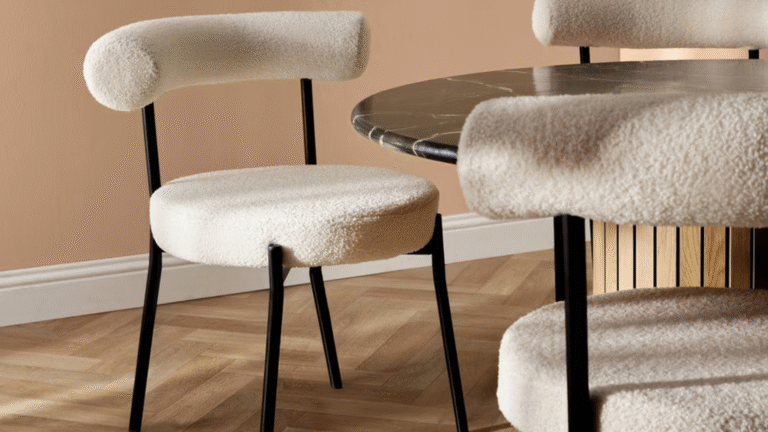Rising Furniture Prices Outpace General Inflation: A Detailed Analysis
Overview of Price Increases in Furniture and Bedding
In April, prices for furniture and bedding surged more than seven times faster than the overall inflation rate, as reported by the Bureau of Labor Statistics. According to PriceStats, an index monitoring daily online prices, the costs associated with household furnishings and equipment increased by 0.8%, marking a record spike for April when considering seasonally unadjusted data.
Insights from Experts
Alberto Cavallo, a professor at Harvard Business School and co-creator of the daily index, noted, “This data signifies a clear acceleration in recent months.” The upward trend doesn’t appear to be slowing, with projections for another notable increase in May, highlighted by Michael Metcalfe, the head of macro strategy at State Street.
Shifting Trade Dynamics
While China remains the largest furniture trade partner for the United States, its dominance is beginning to wane. Once responsible for 50% of all imported furniture, China is now sharing this surplus with Vietnam, according to U.S. Census data. Recent adjustments to import tariffs have seen those from China halved to a still-high 40-60%, while tariffs on imports from Vietnam stand at only 10%.
Impact of Tariffs on Furniture Prices
The striking rise in furniture prices became particularly apparent in March, coinciding with the onset of trade tensions initiated by President Trump. During that month, household furnishings saw price hikes that surpassed prior peaks experienced during the pandemic. Metcalfe pointedly remarked that it would be surprising if the tariffs didn’t play a significant role in this increase.
Ernie Tedeschi, director of economics at Yale University’s Budget Lab, echoed this sentiment, indicating early signs consistent with tariff-related price hikes in specific categories like furniture. However, discerning the precise impact of these tariffs can be likened to an “economics detective story,” given that broader inflation remains relatively muted.
Responses from Major Retailers
As U.S. importers rush to import Chinese goods before a 90-day truce put a hold on drastic tariff increases, many companies are hesitant to raise their prices. Some hope that certain extreme plans may be canceled, as seen when Trump reduced tariffs on Chinese goods drastically.
Home Depot’s Chief Financial Officer, Richard McPhail, stated that despite the prevailing pressures, they aimed to maintain current pricing levels due to strong partnerships and ongoing productivity improvements. In contrast, Walmart warned customers that price increases could be imminent due to these tariffs, prompting a reaction from Trump, who suggested that Walmart should absorb the costs.
Challenges for Domestic Manufacturers
Many domestic furniture makers are struggling with the complexities of the ongoing trade war. Hooker Furnishings expressed concern that tariffs have added significant uncertainty to their supply chain, prompting a thorough review of their cost structure, especially on lower-margin products.
On an earnings call, Flexsteel Industries, based in Dubuque, Iowa, commented that while they managed to keep prices steady for products sourced from Mexico, there might be modest tariff surcharges on offerings from Vietnam.
Conclusion: Uncertainties Continue for the Furniture Industry
The current inflation trend, particularly with furniture and bedding prices, reflects a volatile market heavily impacted by trade policies and tariffs. Manufacturers and retailers alike face extensive uncertainties regarding future costs. As the situation continues to evolve, stakeholders are left asking, “How much will it cost?” The only reliable answer remains: “It depends.”
For more insights into managing your living space effectively, explore our blog on interior design trends at ChatbiHouse.










